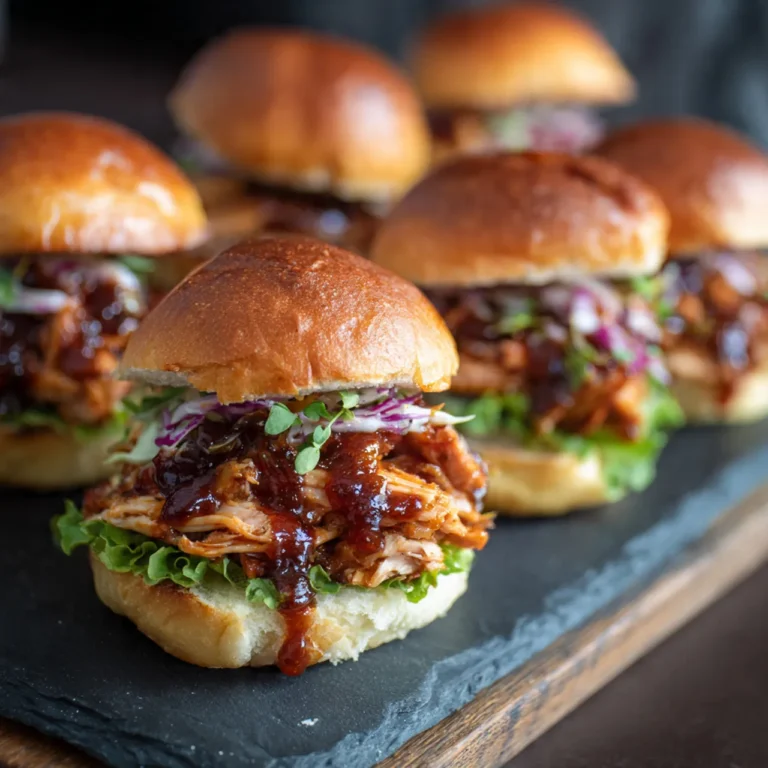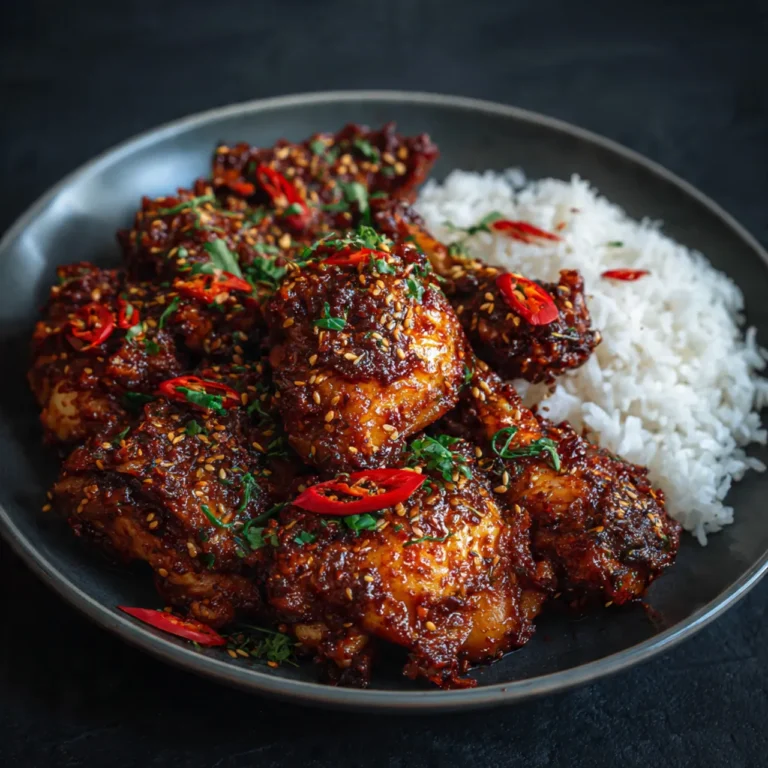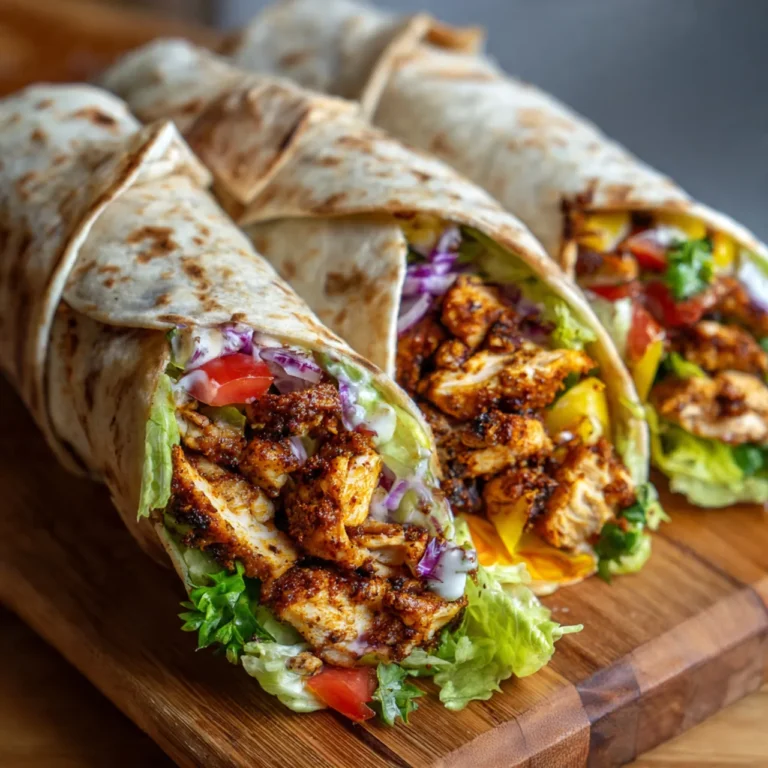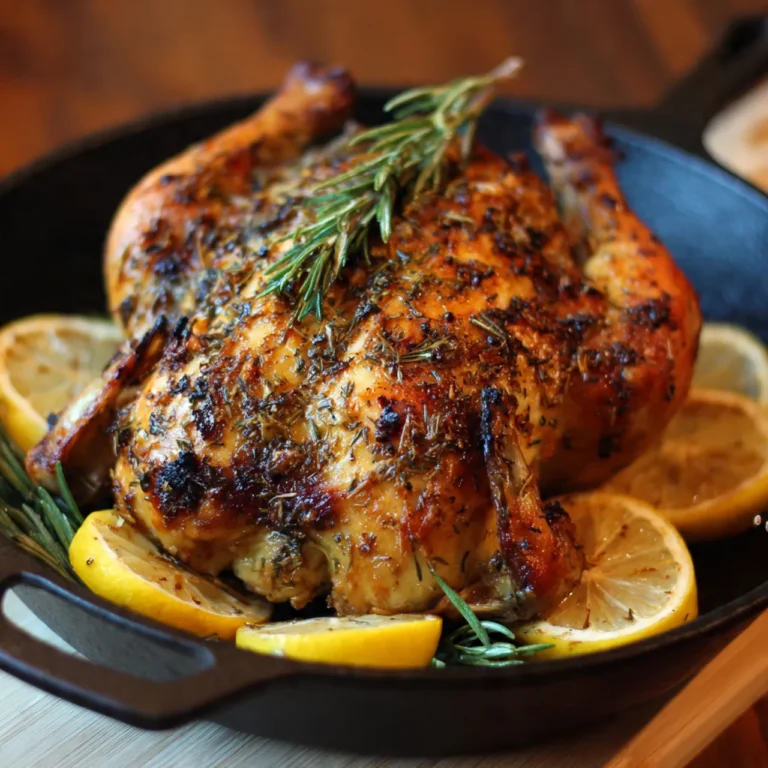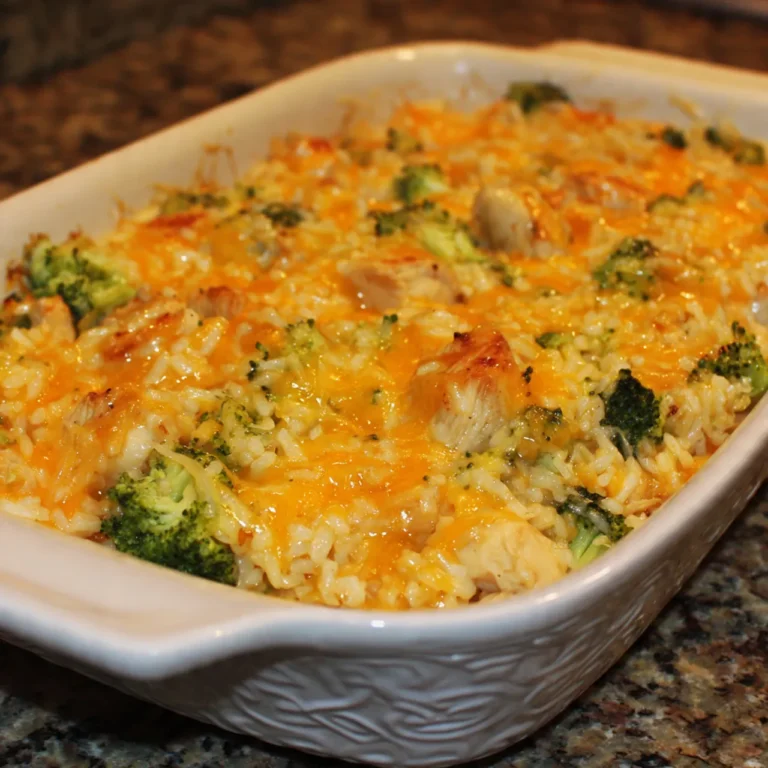Pineapple Mango Mousse is a dessert that instantly transports the senses to a sun-drenched tropical paradise. With its vibrant color, creamy texture, and the harmonious blend of sweet mango and tangy pineapple, this mousse is more than just a treat—it’s an experience. Whether served at a summer gathering, a festive celebration, or as a refreshing end to a family meal, Pineapple Mango Mousse stands out as a showstopper. This comprehensive guide explores everything about this dessert: its origins, the unique qualities of its star ingredients, step-by-step recipes, variations for different dietary needs, serving suggestions, presentation tips, and much more. By the end, you’ll be equipped with all the knowledge and inspiration needed to create and enjoy this tropical delight.
The Origins and Allure of Mousse
The word “mousse” comes from the French word for “foam,” and it perfectly describes the light, airy texture that defines this dessert. Mousse originated in 18th-century France, where it was initially a savory dish. Over time, sweet versions became popular, with chocolate mousse becoming a classic favorite. The beauty of mousse lies in its versatility—it can be made with a variety of flavors, from chocolate and coffee to fruits and even vegetables. The technique involves incorporating air into a base mixture, usually with whipped cream, egg whites, or both, resulting in a dessert that is both rich and delicate. The adaptability of mousse makes it an ideal canvas for creative flavor combinations, such as the tropical pairing of pineapple and mango.
Why Pineapple and Mango?
Pineapple and mango are two of the most beloved tropical fruits, each bringing its own unique qualities to the table. Pineapple offers a vibrant, tangy sweetness with a hint of acidity, while mango provides a smooth, honeyed flavor with floral undertones. When combined, these fruits create a harmonious balance of sweet and tart, making them perfect for a refreshing dessert. Both pineapple and mango are rich in vitamins, minerals, and antioxidants. Pineapple is an excellent source of vitamin C, manganese, and bromelain, an enzyme known for its anti-inflammatory properties. Mango is packed with vitamin A, vitamin C, and fiber, supporting immune health and digestion. Incorporating these fruits into a mousse not only enhances flavor but also adds a nutritional boost.
Selecting the Best Ingredients
The foundation of a great Pineapple Mango Mousse is the quality of its ingredients. For mangoes, look for varieties that are fragrant and slightly soft to the touch, such as Alphonso, Ataulfo, or Kent. The flesh should be vibrant orange and free from fibrous strands. For pineapple, choose a fruit with a sweet aroma and golden skin. The leaves should be green and easy to pull from the crown. Avoid pineapples with soft spots or an overly fermented smell. Heavy cream is essential for the classic mousse texture, providing richness and stability. For a dairy-free or vegan version, coconut cream is an excellent substitute, adding a subtle coconut flavor that complements the tropical fruits. Sugar should be added to taste, depending on the natural sweetness of the fruit. Gelatin is used to set the mousse, but agar-agar can be used for a vegetarian or vegan alternative. Lime juice adds brightness and enhances the tropical flavors, while vanilla extract can provide depth and warmth.
Step-by-Step Recipe: Classic Pineapple Mango Mousse
Ingredients
- 2 ripe mangoes, peeled and chopped
- 1 cup fresh pineapple, chopped
- 1 cup heavy cream (or coconut cream for dairy-free)
- 1/4 cup sugar (adjust to taste)
- 1 tablespoon lime juice
- 1 packet gelatin (or agar-agar for vegan)
- 1 teaspoon vanilla extract (optional)
- Mint leaves and fresh fruit for garnish
Instructions
- Prepare the Fruit Puree: Begin by peeling and chopping the mangoes and pineapple. Remove any fibrous cores or seeds. Place the fruit in a blender or food processor and blend until smooth. For an extra-smooth texture, strain the puree through a fine mesh sieve to remove any pulp.
- Sweeten and Flavor: Taste the fruit puree and add sugar as needed. The amount will depend on the natural sweetness of the fruit. Add a splash of lime juice to brighten the flavors and a dash of vanilla extract if desired.
- Bloom the Gelatin: In a small bowl, sprinkle gelatin over a few tablespoons of cold water. Let it sit for 5-10 minutes to bloom. Once bloomed, gently heat the gelatin until fully dissolved, either in the microwave or over a double boiler. Allow it to cool slightly before adding to the fruit puree.
- Whip the Cream: In a chilled bowl, whip the heavy cream until soft peaks form. Be careful not to overwhip, as this can cause the cream to become grainy.
- Combine the Mixtures: Gently fold the whipped cream into the fruit puree, taking care not to deflate the mixture. Add the dissolved gelatin and mix until fully incorporated.
- Set the Mousse: Pour the mousse mixture into individual serving glasses or a large bowl. Refrigerate for at least 4 hours, or until set. The mousse should be light, airy, and hold its shape when spooned.
- Garnish and Serve: Before serving, garnish the mousse with fresh fruit slices, mint leaves, or a sprinkle of toasted coconut. Serve chilled for the best flavor and texture.
Variations and Dietary Adaptations
Vegan Pineapple Mango Mousse
For a vegan version, substitute heavy cream with coconut cream and use agar-agar in place of gelatin. Whip the coconut cream until fluffy and follow the same steps as the classic recipe. Agar-agar should be dissolved in hot water and added to the fruit puree before folding in the coconut cream.
Sugar-Free Mousse
To make a sugar-free mousse, use a natural sweetener such as stevia, erythritol, or monk fruit. Adjust the amount to taste, as these sweeteners can vary in intensity.
Egg White Mousse
For an even lighter texture, fold in whipped egg whites along with the whipped cream. Ensure the egg whites are whipped to stiff peaks and gently incorporate them to maintain the mousse’s airy quality.
Spiced Mousse
Add a pinch of ground ginger, cardamom, or cinnamon to the fruit puree for a subtle spice that complements the tropical flavors.
Layered Mousse
Create a visually stunning dessert by layering pineapple and mango mousses in individual glasses. Alternate layers of each flavor, allowing each to set before adding the next.
Tips for the Perfect Mousse
- Use ripe, high-quality fruit for the best flavor and texture.
- Chill your mixing bowl and beaters before whipping cream for maximum volume.
- Gently fold ingredients to keep the mousse light and airy.
- Allow enough time for the mousse to set in the refrigerator before serving.
- Experiment with flavor additions like coconut, ginger, or citrus zest for a unique twist.
Serving Suggestions
Pineapple Mango Mousse is versatile and can be served in various ways. Individual glasses or ramekins make for elegant single servings, perfect for parties or special occasions. For a more casual presentation, serve the mousse in a large bowl and let guests help themselves. Layer the mousse with fresh fruit, granola, or crumbled cookies for added texture and flavor. Use the mousse as a filling for tart shells or pastry cups for a sophisticated dessert. For a frozen treat, freeze the mousse in popsicle molds or serve as a semifreddo.
Pair the mousse with crisp cookies, shortbread, or coconut macaroons for added texture. A drizzle of passion fruit coulis or a sprinkle of toasted coconut can elevate the presentation and flavor.
Presentation Ideas
Presentation elevates the dining experience. Consider serving the mousse in martini glasses, mason jars, or mini trifle bowls for visual appeal. Top with diced mango, pineapple, and a sprig of mint for a tropical garnish. Edible flowers like nasturtiums or violets add a pop of color. Sprinkle toasted coconut or chopped pistachios for a crunchy contrast. For a festive touch, serve the mousse in hollowed-out pineapple or mango halves.
The Science Behind Mousse
Mousse achieves its signature texture through the incorporation of air. Whipped cream and egg whites trap air bubbles, creating a light, fluffy structure. Gelatin or agar-agar stabilizes the mixture, allowing it to hold its shape. The balance of fruit puree, cream, and stabilizer is crucial for achieving the perfect consistency. Temperature also plays a role. Chilling the mousse allows the gelatin to set, while serving it cold enhances the refreshing qualities of the fruit.
Pineapple Mango Mousse Around the World
While mousse is rooted in French cuisine, tropical fruit mousses are popular in many cultures. In India, mango mousse is a common summer dessert, often flavored with cardamom or saffron. In Brazil, mousse de maracujá (passion fruit mousse) is a staple at celebrations. The combination of pineapple and mango brings together global influences, creating a dessert that transcends borders.
Health Benefits of Pineapple Mango Mousse
When made with fresh fruit and minimal added sugar, Pineapple Mango Mousse can be a relatively healthy dessert option. The vitamins, minerals, and antioxidants in mango and pineapple support immune function, skin health, and digestion. Using coconut cream or plant-based alternatives can make the dessert suitable for vegan and lactose-intolerant diets. Pineapple contains bromelain, an enzyme that aids digestion and has anti-inflammatory properties. Mango is rich in beta-carotene, which supports eye health and boosts the immune system. The fiber in both fruits promotes healthy digestion and helps maintain a feeling of fullness.
Frequently Asked Questions
Can canned fruit be used?
Fresh fruit is recommended for the best flavor and texture, but canned mango or pineapple can be used in a pinch. Drain well and adjust sweetness as needed.
How long does mousse last in the fridge?
Pineapple Mango Mousse can be stored in the refrigerator for up to 3 days. Cover tightly to prevent absorption of odors.
Can mousse be frozen?
Mousse can be frozen, but the texture may change slightly upon thawing. For a frozen treat, serve directly from the freezer as a semifreddo.
Is gelatin necessary?
Gelatin helps set the mousse, but agar-agar or other plant-based gelling agents can be used for vegetarian or vegan versions.
Can the mousse be made ahead of time?
Yes, Pineapple Mango Mousse is an excellent make-ahead dessert. Prepare it a day in advance and garnish just before serving.
Hosting with Pineapple Mango Mousse
Pineapple Mango Mousse is an excellent choice for entertaining. Its vibrant color and refreshing flavor make it a crowd-pleaser. Prepare the mousse in advance and garnish just before serving for a stress-free dessert option. Pair with tropical cocktails or sparkling wine for a festive touch. For a themed party, serve the mousse alongside other tropical desserts like coconut rice pudding, passion fruit tart, or guava cheesecake.
Creative Twists
- Add a pinch of chili powder or cayenne for a subtle kick.
- Alternate layers of pineapple and mango mousse for a striking visual effect.
- Top with a drizzle of dark chocolate for a decadent finish.
- Sprinkle with chopped pistachios or almonds for added texture.
- Swirl in a ribbon of passion fruit puree for a tangy contrast.
Pineapple Mango Mousse Recipe (Summary)
Ingredients:
2 ripe mangoes, peeled and chopped
1 cup fresh pineapple, chopped
1 cup heavy cream (or coconut cream)
1/4 cup sugar (adjust to taste)
1 tablespoon lime juice
1 packet gelatin (or agar-agar for vegan)
1 teaspoon vanilla extract (optional)
Instructions:
- Puree mango and pineapple until smooth. Strain if desired.
- Add sugar, lime juice, and vanilla extract to the puree.
- Bloom gelatin in cold water, then dissolve and cool slightly.
- Whip cream to soft peaks.
- Fold whipped cream and dissolved gelatin into fruit puree.
- Pour into serving glasses and refrigerate until set.
- Garnish with fresh fruit and mint before serving.
Final Thoughts
Pineapple Mango Mousse is more than just a dessert; it’s a celebration of tropical flavors and culinary creativity. With its creamy texture, vibrant color, and refreshing taste, it’s sure to become a favorite for any occasion. Whether enjoyed as a simple family treat or an elegant party finale, this mousse brings a taste of the tropics to every table. Experiment with different variations, play with presentation, and savor the delightful combination of pineapple and mango in every bite. With the tips, recipe, and ideas shared in this post, creating the perfect Pineapple Mango Mousse is within reach for cooks of all skill levels. Explore the world of tropical desserts and let Pineapple Mango Mousse transport you to a sun-drenched paradise with every bite.
Additional Tips for Success
- Always taste your fruit puree before adding sugar. Some mangoes and pineapples are naturally sweeter than others.
- For a smoother mousse, strain the fruit puree to remove any fibrous bits.
- If using agar-agar, follow the package instructions carefully, as it sets differently from gelatin.
- For a layered effect, allow each layer to set before adding the next.
- To make the mousse extra light, fold in whipped egg whites along with the whipped cream.
- For a richer flavor, add a splash of coconut milk or a hint of rum to the fruit puree.
Nutritional Information (Approximate per serving)
- Calories: 180-220 (varies based on ingredients and portion size)
- Protein: 2-3g
- Fat: 10-15g
- Carbohydrates: 20-30g
- Fiber: 2-3g
- Vitamin C: 40-60% of daily value
- Vitamin A: 10-20% of daily value
Conclusion
Pineapple Mango Mousse is a versatile, crowd-pleasing dessert that brings together the best of tropical flavors. With its simple preparation, stunning presentation, and endless possibilities for customization, it’s a must-try for anyone who loves fresh, fruity desserts. Whether served at a summer barbecue, a holiday feast, or a quiet family dinner, this mousse is sure to impress and delight. The combination of pineapple and mango, the creamy texture, and the refreshing taste make it a standout dessert for any occasion. Try different variations, experiment with flavors, and make this tropical mousse your own.

